This low-key, yet ambitious documentary kicks off with a montage of static shots: fields, farms, factories, and livestock. From there, director Frederick Wiseman contemplates the animals much closer, letting us see the numbered tags on their ears. A large tractor grinds to life, followed by scenes inside a pig farm, where a man sprays certain hogs with paint, although the reason why is unclear. That gives way to footage of pick-up trucks and chopper-style motorcycles roaring down the street in the titular town, population around 1400—a world slowly awakening.
At one of the many churches throughout the film, a pastor discusses the importance of enduring life’s trials. At Monrovia High School, a different kind of educator points out the area’s accomplishments in football and basketball. What both speakers have in common is using the past to inspire their present-day audiences. The camera next moves through a number of mom-and-pop shops before dropping in on the local planning commission, where a debate takes place on how to have friendlier policies for corporations seeking to do business there—another contrast of the past and present.
The clash between history and today is a recurring theme as Wiseman’s camera travels the same geographical loop, repeatedly visiting huge industrial farms, the high school, and the planning commission, while asking us to look at them with fresh eyes each time. It’s worth doing just that. In the case of the farms, what becomes noticeable is the huge scale that they operate on, utilizing tank-sized machines that process grain at impressive speed and efficiency, as well as vast trucks that transport dozens of animals. An industry that once would have conjured up a kind of rural romanticism is now apparently technologically advanced.
Meanwhile, Monrovia High School reveals different sides of itself, not all of which have to do with education. The auditorium is used to host a band practice, and, on another day, as a makeshift mattress showroom as part of a fund-raiser, complete with salesmen hard-selling visitors. Although we assume the school makes money off every sale, what are we to think of this supposed contradiction—a public educational center being used for the equivalent of a retail store? Wiseman, as he has done for most of his career, does not editorialize; he lets viewers draw their own conclusions.
Besides the locations mentioned, the film makes many, many stops throughout Monrovia, each one helping add depth to our experience of it. A number of scenes depict locals performing blue-collar work, but there are also meetings of venerable fraternal organizations such as the Freemasons and Lions Club, whose members make charitable donations benefiting the entire town. In addition, there are stops at important social events including street fairs, weddings, and funerals, the latter reiterating the earlier message that life is hard, but theoretically there are rewards in the hereafter.
Through it all, Wiseman’s camera remains distant, and no one notices it. In return, we get a sense of the community and its people, enough to admire certain qualities they possess, such as empathy. Even during casual interactions, they are inquiring into one another’s well-being with genuine concern. There is also the plainspokenness and directness of their speaking style, which, to a city-bred viewer used to excess verbiage, can be downright poetic at times. At one point, a fellow succinctly describes his declining health to a compatriot with, “I run out of gas.”
Per his long-established filmmaking approach, Wiseman refrains from any kind of score, resulting in a vision of small-town America that is not the least bit nostalgic, although given signs that Monrovia’s population is getting older and growing at a slower-than-average pace, there is poignancy in knowing that it may be dying out. However, during the second half there are glimpses of bumper stickers reflecting right-wing views, which can be discomfiting given our polarized political climate. A visit to a gun store is similarly uncomfortable, especially when one patron seems a little too excited about a firearm that does not look to be of the sporting or hunting variety.
Although viewers of Monrovia, Indiana are not likely to feel enticed to visit the town just yet, the film nevertheless humanizes its citizens enough that we are likely to respect and understand them more than we did beforehand.

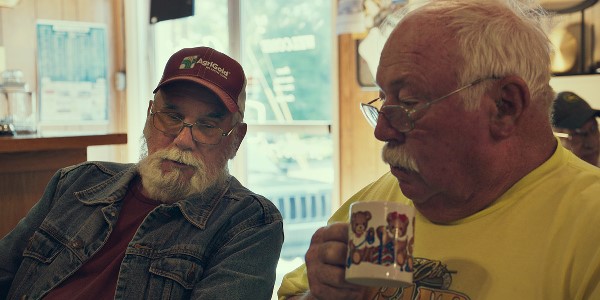
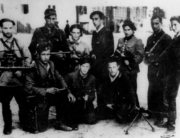
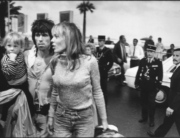
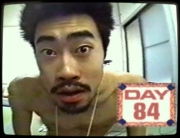
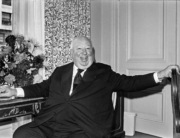
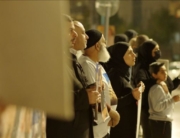
Leave A Comment